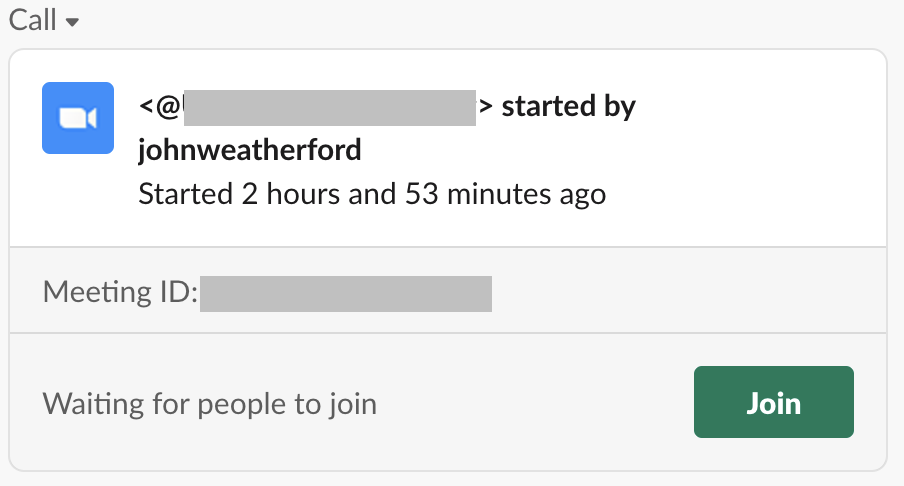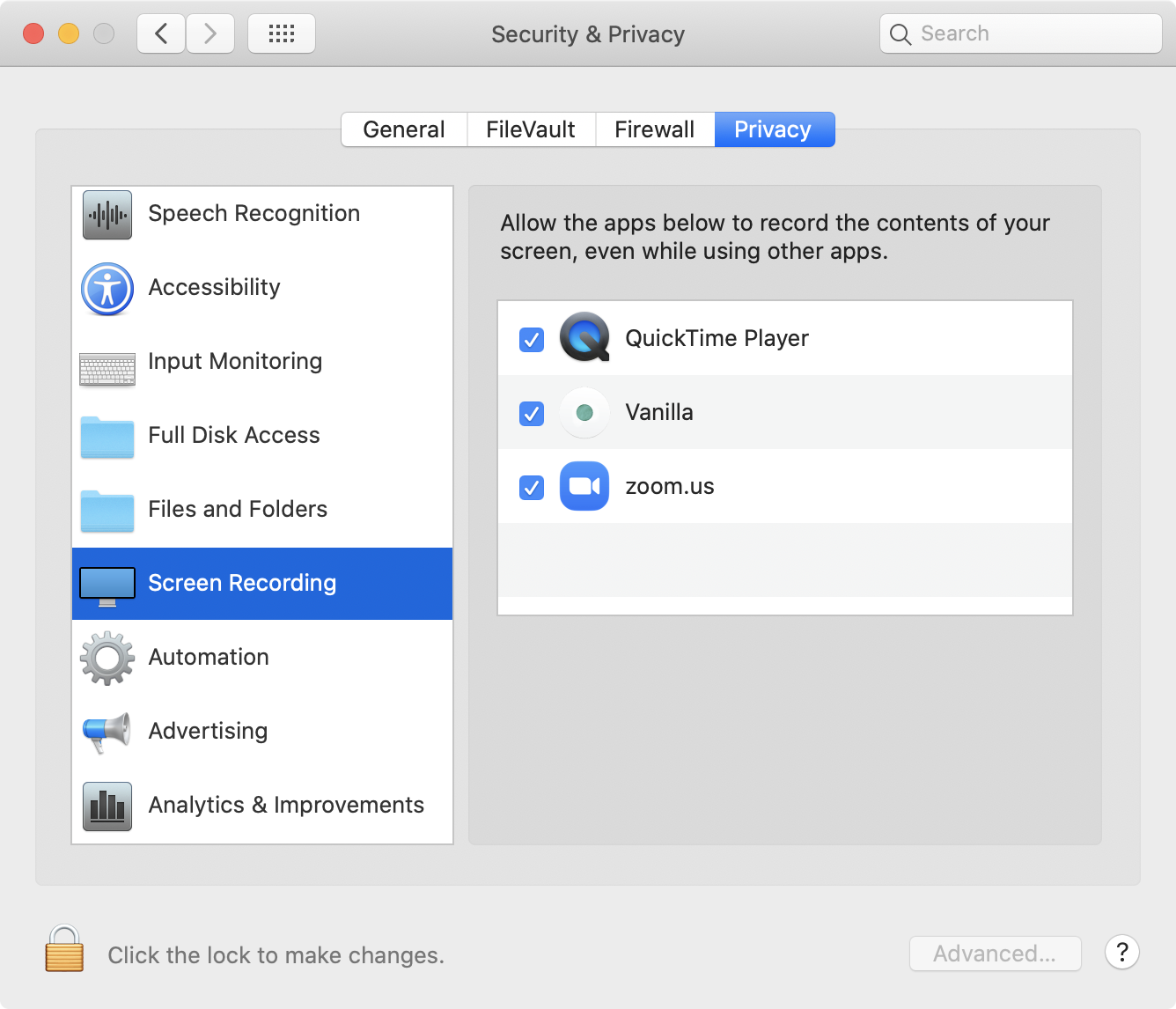
We all need a little help sometimes. This page is here to help you ask for help effectively in this course. The first step?
Help yourself
As mentioned elsewhere, first, see if some sustained reflection (a couple of minutes) brings clarity. Talk out loud to yourself, or experiment with a few potential options, in the style of an artist’s study.
Second, if the answer doesn’t come to you on your own, Google effectively (see “Be Precise” below). Be excited if you see results from MDN, w3schools, or CSS Tricks. Stack Overflow can be incredibly helpful, but approach answers skeptically. Develop a sixth sense for distinguishing between useful sites and opinionated pompous nonsense.
Finally, ask for help sooner than you think: if you’ve been trying on your own to overcome a problem for more than fifteen minutes or so, chances are you’ll be stuck for a long time. Who might you ask? Well, you could…
Phone a friend
Don’t hesitate to ask the people you’re in class with for help. Remember, asking somebody for something will make them like you! (Also: helping each other out is the right thing to do, etc. etc.)
In fact, your classmates may be more helpful than your instructor or an online authority. Why? Because they’re in the same place in their learning as you. They haven’t yet been cursed with knowledge, so they very well may better understand the ways in which you’re stuck.
That said, there’s also a good chance that your classmates are just as stuck as you. So, don’t hesitate to ask your instructor, and never apologize for doing so! Helping students is literally our job.1
The best place to get help, in any case, is your class’s Slack channel—it’ll definitely get you the fastest response.2
Regardless of who you ask…
Be Precise
When you’re looking for assistance, the more detail and precision, the better. Whenever possible, refer to a specific error message or code verbatim. This works wonders when Googling for problems.
If something’s wrong with a page on your site or a FreeCodeCamp exercise, share the exact URL. It might also be helpful to share what hardware, operating system version, and application versions your using.
However, if your problem isn’t an error message but rather a difficulty in a project that spans multiple files…
Zip it
If you need help with a project that consists of multiple files, share a .zip of your entire project folder with your instructor along with precise instructions about what’s wrong and where they might want to begin looking.
Here’s how to make a .zip file on a Mac and on a PC.
However, if your problem isn’t code, but rather something visual…
A screenshot is worth a thousand words
Sharing a screenshot can be remarkably helpful for troubleshooting. Instead of being a newbie and sharing a picture of your computer screen taken with your phone, share a proper screenshot. How?
On macOS, consult this guide on how to take both screenshots and screen recordings. On Windows and other platforms, consult this guide.
Just remember to double-check your screenshots to make sure you aren’t sharing anything private. This advice holds doubly true when you need to…
Hey! An Easter egg! If you read this far send me a DM in Slack with a screenshot of an image of your favorite type of candy!
Call in backup
If all of the above fails, it might be helpful to share a complete view of what’s going on with your computer. In our course Slack, we’ve added an integration with the voice / video / screen sharing app Zoom.
To set up a screen sharing call, DM your instructor letting them know you’d like to set up a call and a handful of times that you’re available.
At the agreed-upon time, you’ll see a message like this from your instructor:

Click the green “Join” button. If you already have the Zoom app installed, you should be good to go! If not, you’ll be prompted to download the Zoom app.
You might be prompted to sign in with a Zoom account. You should be able to skip this step, but you’re welcome to sign in with your existing Zoom account, or to click “Log In With SSO”, enter uga.zoom.us as the domain, and enter your UGA MyID and password.
Once you’re in a meeting, to share your screen, click this icon at the bottom of the screen:

And choose to share either your entire desktop or just a specific window. On macOS, you might be asked to give permission to Zoom to share your screen by visiting System Preferences > Security and Privacy > Privacy > Screen Sharing and checking the box next to Zoom3:

Also, another great tool Zoom provides is to allow an instructor (temporary) remote control of your laptop. If you and your instructor decide this is a good idea, you’ll see a popup in your Zoom window saying that your instructor would like to remotely control your machine. Click Accept, and Zoom will prompt you for permission, bringing you to System Preferences > Security and Privacy > Privacy > Accessibility4:

This enables an experience pretty close to having your instructor sitting side-by-side with you in a lab!
Also, this short article at The Wirecutter is pretty handy: 7 Tips for How to Use Zoom Like a Pro.
And that’s it! Hopefully, one or more of these steps has helped you find a solution to your predicament.
If an instructor makes you feel bad for asking for help, something’s wrong with them, not you.↩
You can also try
#slack-overflow, though it’s been a bit of a ghost town so far. Maybe you’re the one to change that?↩You might have to click the lock icon in the lower-left corner and enter your password to do so↩
Where you might have to again click the lock icon in the lower-left corner and enter your password to do so↩